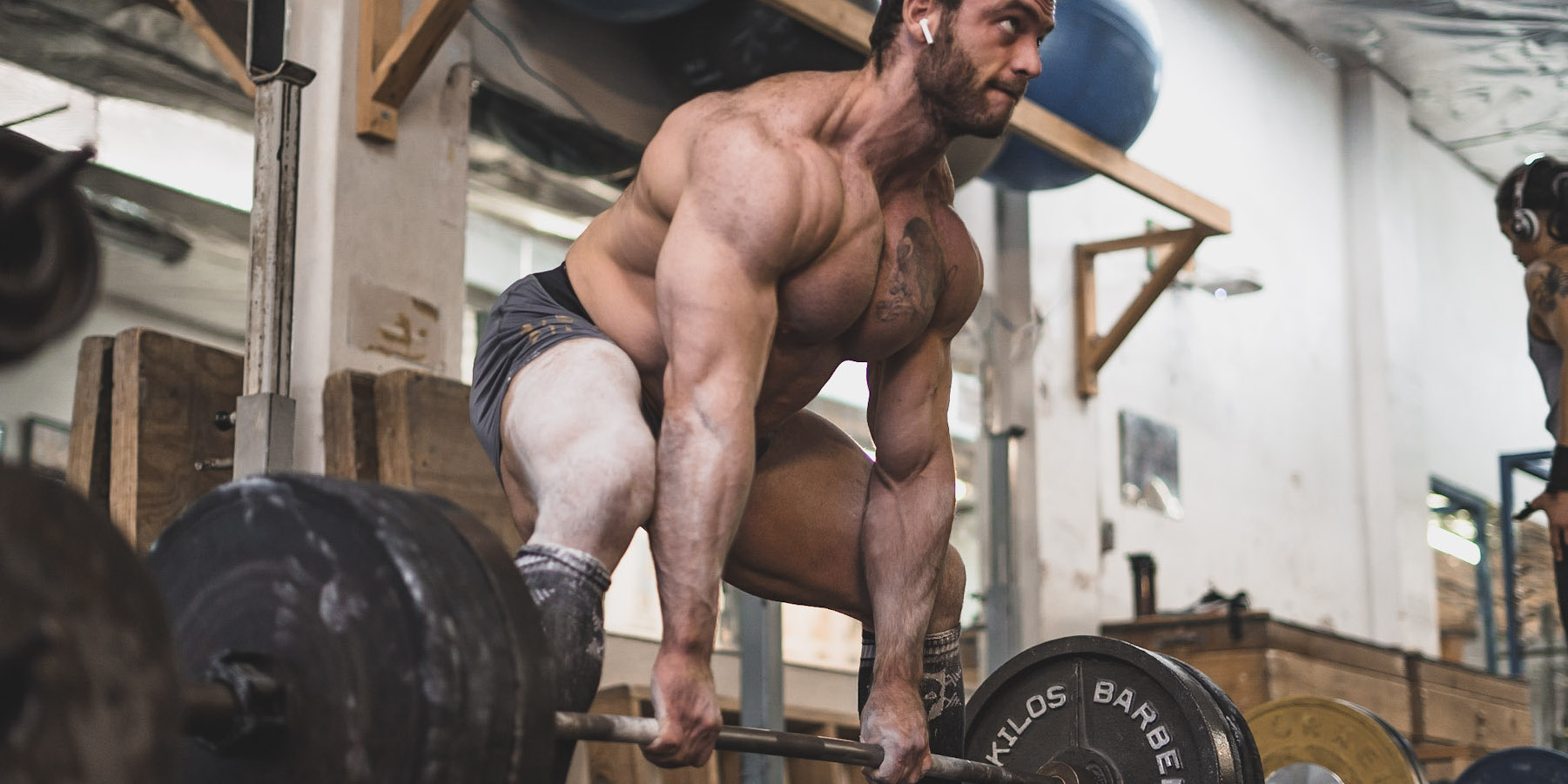
TLDR: "Pull the hips to the bar."
One of the biggest issues I see with sumo pullers: trying to squat the weight up. It seems like a pretty reasonable technique at first, because those who benefit from pulling sumo often have shorter femurs and very strong squats — so why not take advantage of that by emulating the position for a pull?
Unfortunately, two things tend to happen when you do this.
- You increase the effective range of motion of the lift, by extending the distance the hips need to travel under load
- You lose tightness in the hamstrings during set up
Instead, try setting up by pushing the hips slightly backward and keeping your glutes and hamstring tight — almost like in an RDL. Then, use the bar to "pull" your hips down. With a light weight, this movement pattern should automatically cause you to lift the weight — a great sign that your hips are in the ideal starting position for your body type.
To see this cue in action, check out my friend Jason knocking out some easy pause deadlifts:
(Note that the second set here is a bit better from a technical standpoint, as Jason's hips are just a bit internally rotated on the first set. Extensive warmups can help with that.)
Now, contrast the above video with these pulls from a few months ago:
While it's true that in the second video, Jason's torso is more upright, that's not necessarily ideal (despite how many people try to emulate guys like Yury Belkin). Remember: optimal technique requires balancing loads proportionately across all involved muscle groups. For most lifters, that means engaging both the quads and the lower back, even in a sumo pull. That becomes increasingly apparent at heavier loads, where a lack of lower back engagement can often result in an inefficient bar path:
I have no doubt that with this little tweak, Jason will be smashing 500+ in no time — and I encourage you to give it a shot as well!








